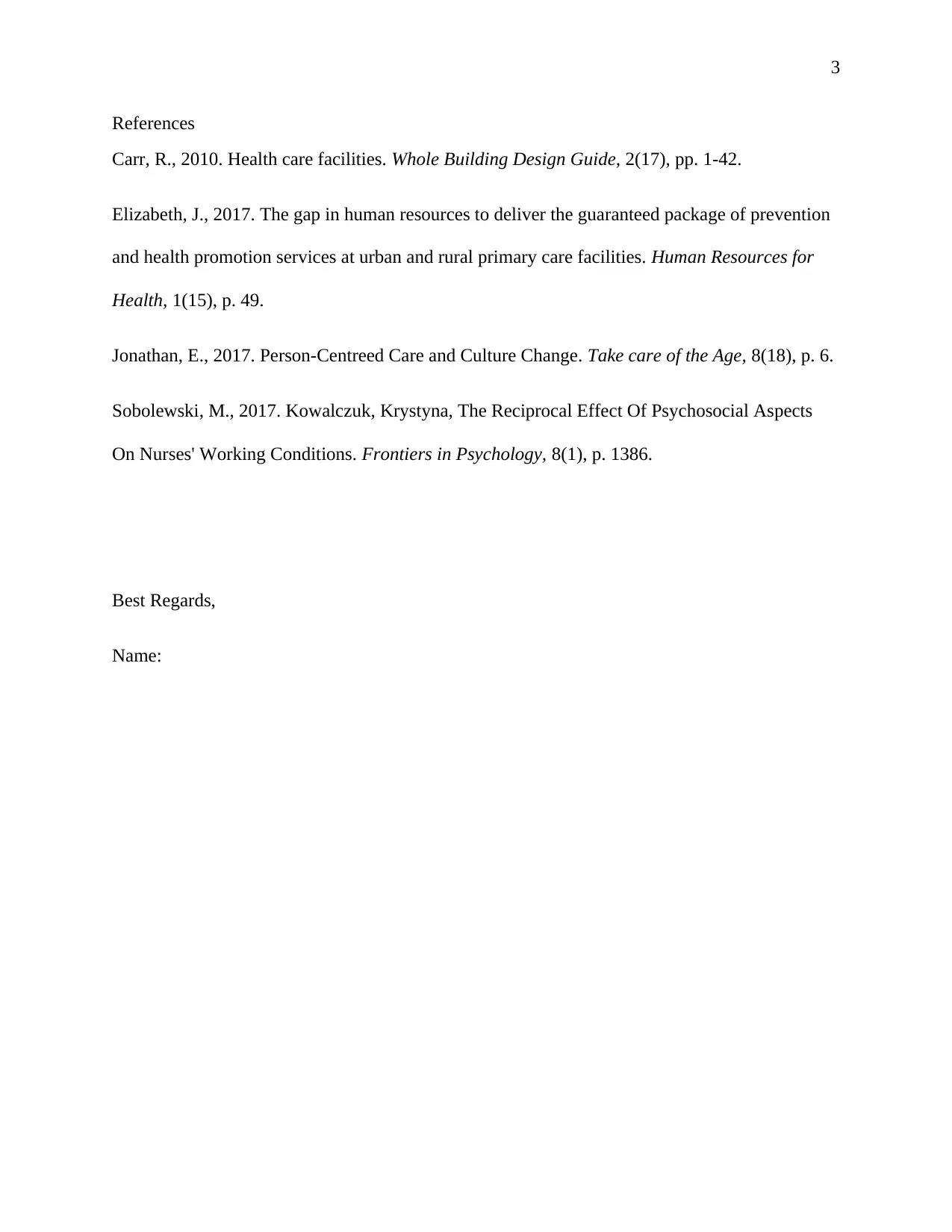Foundation Healthcare in Australia: History, Development, and Analysis
VerifiedAdded on 2020/03/13
|3
|641
|160
Report
AI Summary
This report provides an overview of Foundation Healthcare in Australia, tracing its history from the early 1990s to the mid-2000s. It begins with the origins of the company, including the failed ventures of Formulab Neuronetics and Giltnet, and then focuses on the innovative use of artificial intelligence. The report explores the company's business model, the role of investments, and the impact of the company's operations on the market. The report discusses the company's growth through acquisitions and partnerships, and its subsequent challenges, including the decline in share prices and the impact on general practitioners. The analysis includes references to key events, financial aspects, and the company's overall significance within the Australian healthcare landscape. The report concludes with a summary of the company's legacy and its influence on the healthcare system.
1 out of 3




![[object Object]](/_next/static/media/star-bottom.7253800d.svg)